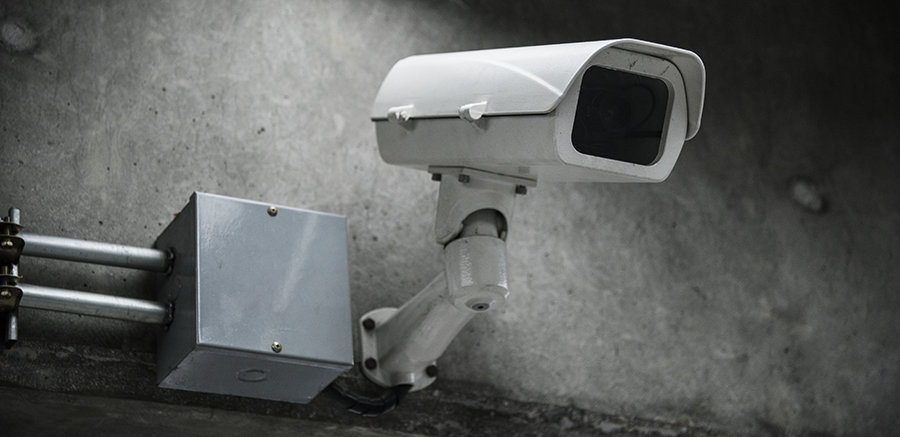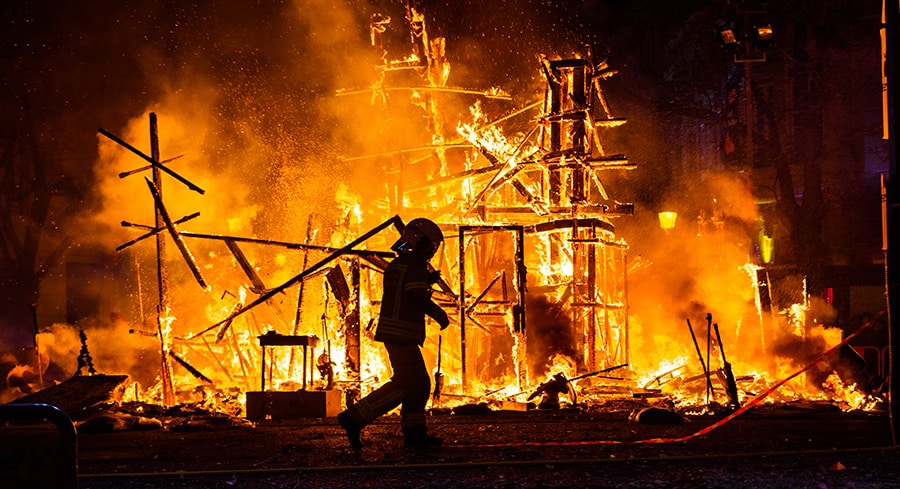What do forensic engineers do? They combine engineering expertise with detective skills to identify the reasons behind various failures.
The term “forensics” hails from ancient Rome, where folks gathered in forums to discuss public affairs. This is where the accused and accuser would take the stage, delivering speeches to persuade the crowd. Fast forward to now, forensic engineers are basically the 21st-century version of those ancient Romans, solving mysteries with science!
These savvy professionals tackle cases like:
- Structural collapses
- Safety system failures
- Fires and explosions
- Equipment failures
- Accidents
Their work plays a huge role in legal decisions and keeps the public safe by holding professionals accountable. So, let’s dive into the fascinating world of forensic engineering!
The 6-step workflow of a forensic engineer
No matter what field they work in, forensic engineers have got a 6-step process they follow. But, the engineer’s background knowledge depends on the type of problem they’re trying to solve.
For example, if a building collapses, you need someone who knows buildings inside and out—you can’t just call in a car whiz to handle the mess.
Whatever the issue, forensic engineers stick to these 6 steps, kinda like the scientific method:
Step #1: Identify the failure
First up, figure out what went wrong.
Sometimes, it’s easy to see. Like when a transformer blows up, there’s not much mystery.
But other times, it’s trickier to figure out, like when you’re trying to find out what sparked a forest fire.
Step #2: Gather evidence
Next, you’ve gotta gather evidence from the scene. That means collecting physical stuff or asking eyewitnesses what they saw.
You’ll also need to chat with folks who were involved, like company execs, designers, or builders.
Keep an eye out for any skipped steps or red flags that could help you piece together what happened.
Step #3: Develop a hypothesis
Now, put on your detective hat and come up with a theory based on the clues you’ve found. This is when you start connecting the dots to figure out what caused the problem.
To do this right, you’ll need a good head for math and a solid grasp of how physics works.
Step #4: Perform tests
Here’s where you see if your theory holds up. You need to check if it makes sense and can stand up to scrutiny.
You might need to create models that recreate the conditions before the failure. Then, gather data from your tests and see how it matches up with the evidence from the scene.
Step #5: Form a conclusion
After analyzing the info, come up with a conclusion. Your goal is to explain the problem, even if you’re not 100% sure.
At the end of the day, you want to know who’s responsible for the mess. This is key for figuring out who pays for fixing it and avoiding the same issues down the road.
Step #6: Testify
Once you’ve got your conclusion, it’s time to share your findings in court. This is your chance to show off all your hard work and smarts!
Your mission is to give the jury enough evidence and testimony so they can make a solid decision. You’ve gotta explain your findings in plain language that anyone can understand.
Methods forensic engineers use to crack the case

In the world of forensic engineering, investigations are often called “root cause failure analysis.”
During this analysis, a forensic engineer uses a bunch of cool tactics like:
- Reverse engineering the accident
- Testing similar parts
- Examining and analyzing the failed parts using various instruments
- Reviewing the evidence and comparing it to other accidents
But listen up: every case is unique, so there’s no one-size-fits-all solution! That’s why it’s super important to master the art of investigation and think outside the box to reach the right answers.
By using first principles thinking, you can break down problems to their basic parts and find clever solutions. It’s like having X-ray vision, seeing through all the layers to get to the heart of the issue.

Important Note: In forensic engineering, sometimes you can’t get to certain evidence. For example, taking apart a piece without wrecking it might be impossible.
That’s when engineers turn to Non-Destructive Examination (NDE) techniques. These let you analyze the evidence without damaging it. You might use a multimeter for electrical measurements or radiography gear to see inside parts.
Just like a CSI pro, a forensic engineer needs to pay attention to every little detail. After all, a tiny piece of wire or a small crack could be the clue that solves the whole mystery.
Example forensic engineering case analysis

Did you know electricity is the top cause of fires? According to ESFi, in 2015 there were a shocking 51,000 electrical fires reported, causing nearly 500 deaths, 1,400 injuries, and a mind-blowing $1.3 billion in property damage!
As we rely on electricity more and more, these numbers keep going up. But what triggers electrical fires? Usually, it’s one of the following:
- Design and manufacturing flaws in electrical products
- Lousy power systems designed by licensed engineers
- Misuse and bad maintenance of electrical stuff by users
To really get how these fires start, you need to know the three things a fire needs: oxygen, heat, and something that’ll burn. In electrical fires, electricity is the heat source.
Now, picture a building on fire. In comes the forensic engineer. Their mission:
- Figure out what caused the fire
- Find out if the fire could’ve been stopped
- Pinpoint who’s to blame (maker, engineer, builder, or user)
- Work out how to prevent more fires
But here’s the deal – the forensic engineer might not know right away that it’s an electrical fire. What they’ll do is dig into every part of the incident, asking key questions like:
- Where did the fire start in the building?
- What size were the wires used? Were any too small?
- What was the maximum available fault current? What was the top interrupting rating of the protective devices?
- Were there any damaged switches or breakers in the electrical panels?
Most of the time, the forensic engineer will find out the fire was caused by a dodgy wire connection. So, if you ever see flickering lights at home, don’t just ignore them!
Check out my article on what causes flickering lights for more info.
The ultimate expert witness

Picture this: a forensic engineer wraps up an investigation and suddenly finds themselves in court as a neutral expert witness. That’s when their litigation experience becomes super valuable – knowing how to handle evidence, present in court, and document investigations like a pro.
These investigations can be game-changers in the legal world, as they can make or break a case. And when it comes to impressing a jury, the best expert witnesses aren’t necessarily the ones with the longest list of credentials. Nope, they’re the ones who can break down complex ideas into simple language and relatable examples.
From my own experience, I’ve found that the most effective expert witnesses have these qualities:
- They’re storytellers who paint a vivid picture for jurors
- Down-to-earth and relatable
- Able to explain concepts in easy-to-understand language
- Skilled at creating and presenting visual aids like diagrams and charts
- Strong presenters with top-notch communication skills
- Passionate about their work and enjoy sharing their findings
“What do forensic engineers do?” wrap up
So, forensic engineers are basically engineering detectives, investigating accidents and figuring out who’s at fault. But their job isn’t just about pointing fingers; their work helps prevent future accidents and keeps us all safe.
When it comes to accountability, the consequences for engineers who mess up can be harsh, including losing their practice permits and even facing criminal charges. This helps create a culture of diligence and sticking to the engineering code of ethics.
What do you think about forensic engineers? Do you find their role important?
